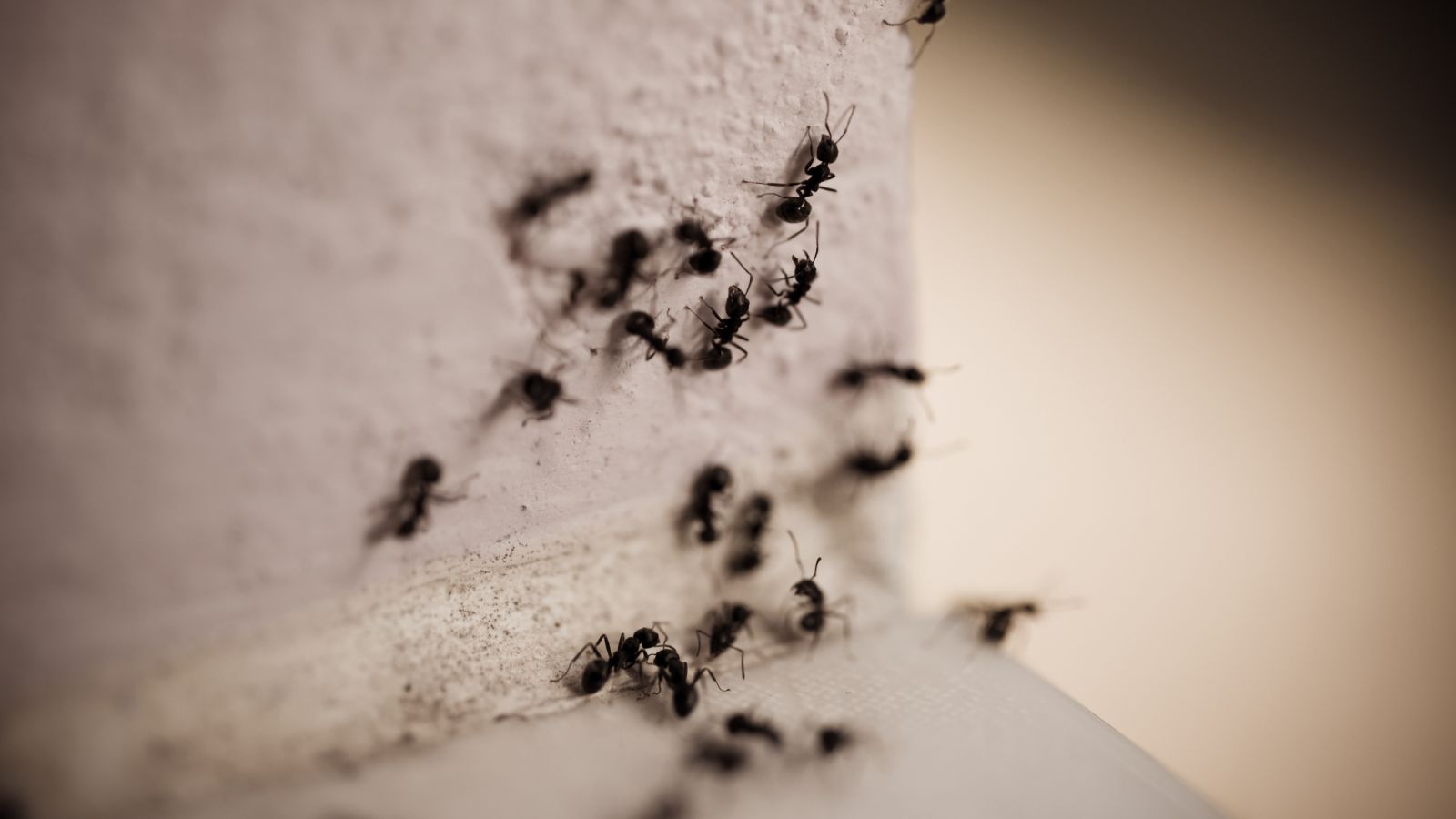Does Killing Ants Get Rid of Them or Attract More?

When encountering an ant invasion, it’s a common instinct to squash the scouts and assume you’re stemming the tide.
However, the question is, will killing enough ants discourage the others and ultimately stop them from coming?
The answer isn’t as straightforward as a yes or no.
Ants operate within a highly structured social system, and the loss of a few worker ants often won’t deter the colony as a whole.
In fact, deceased ants can trigger the colony to investigate, potentially sending even more ants your way.
Dealing with ants is like playing a game of strategy; it’s not just about the number of ants you see and kill, but understanding their behavior and what attracts them to your space in the first place.
You might eliminate some visible ants, but if the queen is alive, she’ll continue to reproduce, and the colony will persist.
Ants are drawn to accessible food and water sources, so these areas need special attention.
By disrupting their trails and addressing what’s bringing them into your home, you take more effective steps towards a long-term solution.
Ant Behavior and Colony Dynamics
Understanding the intricacies of ant behavior and colony dynamics is crucial when addressing their persistence and response to population threats.
Colony Organization
Your ant colony functions like a well-oiled machine. Each ant has a role, contributing to the colony’s survival.
The structure includes:
- Workers: Tasked with maintenance, care of young, and food gathering.
- Soldiers: Responsible for colony defense.
- Queen: The colony’s reproductive center, laying thousands of eggs.
Colony tasks aren’t static.
An ant designated as a worker one day might become a forager the next, highlighting their adaptable task allocation system.
Foraging Behavior
Ants demonstrate a sophisticated foraging system that can seem relentless. They operate on two principles:
- Search and Retrieve: Scouts search for food, leaving a pheromone trail for others to follow and assist in transport.
- Adaptive Learning: The colony adjusts its foraging patterns based on previous experiences and success rates.
Even individual encounters affect the colony’s foraging behavior, with a single ant’s decision potentially influencing the whole.
Response to Threats
When faced with threats, ants exhibit collective resilience:
- Alarm Pheromones: Release of specific scents triggers evacuation or defense.
- Adaptive Strategies: The colony dynamically redistributes tasks to adapt to losses, maintaining functionality.
Killing individual ants generally results in heightened colony activity rather than cessation, as the colony strives to overcome the perceived threat.
Impact of Ant Mortality on Colony
When considering the effects of increased ant mortality, it’s important for you to understand that ants are social insects with a highly structured colony life.
Worker roles, communication methods, and the threshold at which the colony can collapse are crucial aspects that are affected by ant losses.
Role of Worker Ants
Worker ants are the backbone of an ant colony, maintaining the nest’s integrity, caring for the young, foraging for food, and defending the colony.
Each worker ant has a specific role that contributes to the colony’s survival.
If many worker ants are killed, critical tasks may be neglected, leading to a decline in colony health and productivity.
Without sufficient workers to perform these tasks:
- Nest maintenance may deteriorate.
- Brood care may be insufficient, affecting future generations.
- Foraging can be reduced, leading to food shortages.
Communication and Pheromones
Ants communicate predominantly through chemical signals known as pheromones.
These signals help them find food, alert others of danger, and organize their many tasks.
If you eliminate a significant number of ants, you disrupt these communication channels. For example:
- Alarm pheromones, if not detected quickly, can delay defensive responses.
- Trail pheromones used for foraging can be weaker, making food collection less efficient.
- With fewer ants, signals like brood pheromones, which regulate care for the young, may not be adequately transmitted.
Colony Collapse Threshold
Each colony has a certain threshold of workers it needs to function effectively.
This threshold varies among species and is influenced by the size and structure of the colony.
When mortality rates exceed this threshold, the colony may not recover. You’ll notice:
- Smaller or weakened colonies may fail to compete for resources.
- The colony might not be able to sustain the loss of a large portion of its forager population.
Ultimately, if you kill enough ants, especially the foragers and workers, the colony could be brought to a halt.
However, this threshold is difficult to reach in large, well-established colonies due to their sheer numbers and rapid reproductive rates.
Effective Ant Control Methods
When you’re tackling an ant infestation, it’s essential to use methods that effectively disrupt their patterns and eliminate them from your home.
Chemical Treatments
Bait Stations: These are discreet solutions that attract ants with food mixed with poison.
Ants carry the bait back to their colony, which eradicates the nest over time.
For instance, Terro Liquid Ant Baits are widely recommended and are known for their ease of use.
Ant Sprays: For immediate results, ant sprays can kill on contact. They often contain chemicals like Borax, which acts as a potent ant killer.
However, be cautious of potential toxicity to pets and humans.
Natural Ant Repellents
Pepper: Sprinkle black or cayenne pepper at entry points. Ants dislike the smell, which can deter them from entering.
Diatomaceous Earth (DE): This natural powder causes dehydration in ants when they crawl over it. Apply DE along ant trails and near entry points.
Preventive Practices
Seal Entry Points: Regularly check for and seal up cracks and crevices in walls and foundations to prevent ants from entering.
Keep It Clean: Ensure food crumbs and spills are cleaned up promptly, and store food in airtight containers to remove food sources that attract ants.